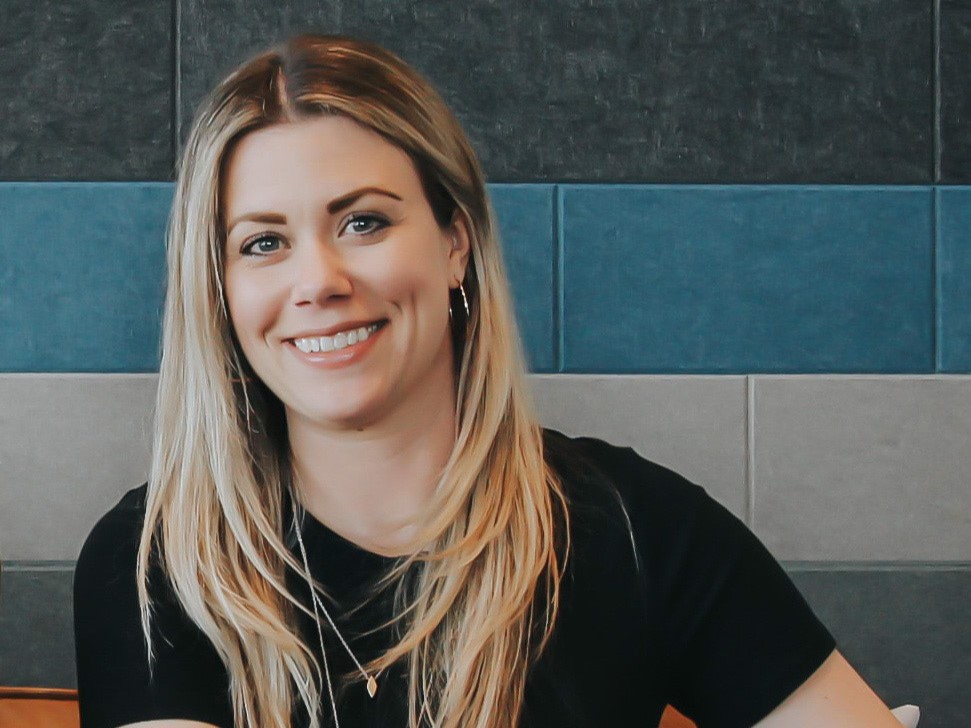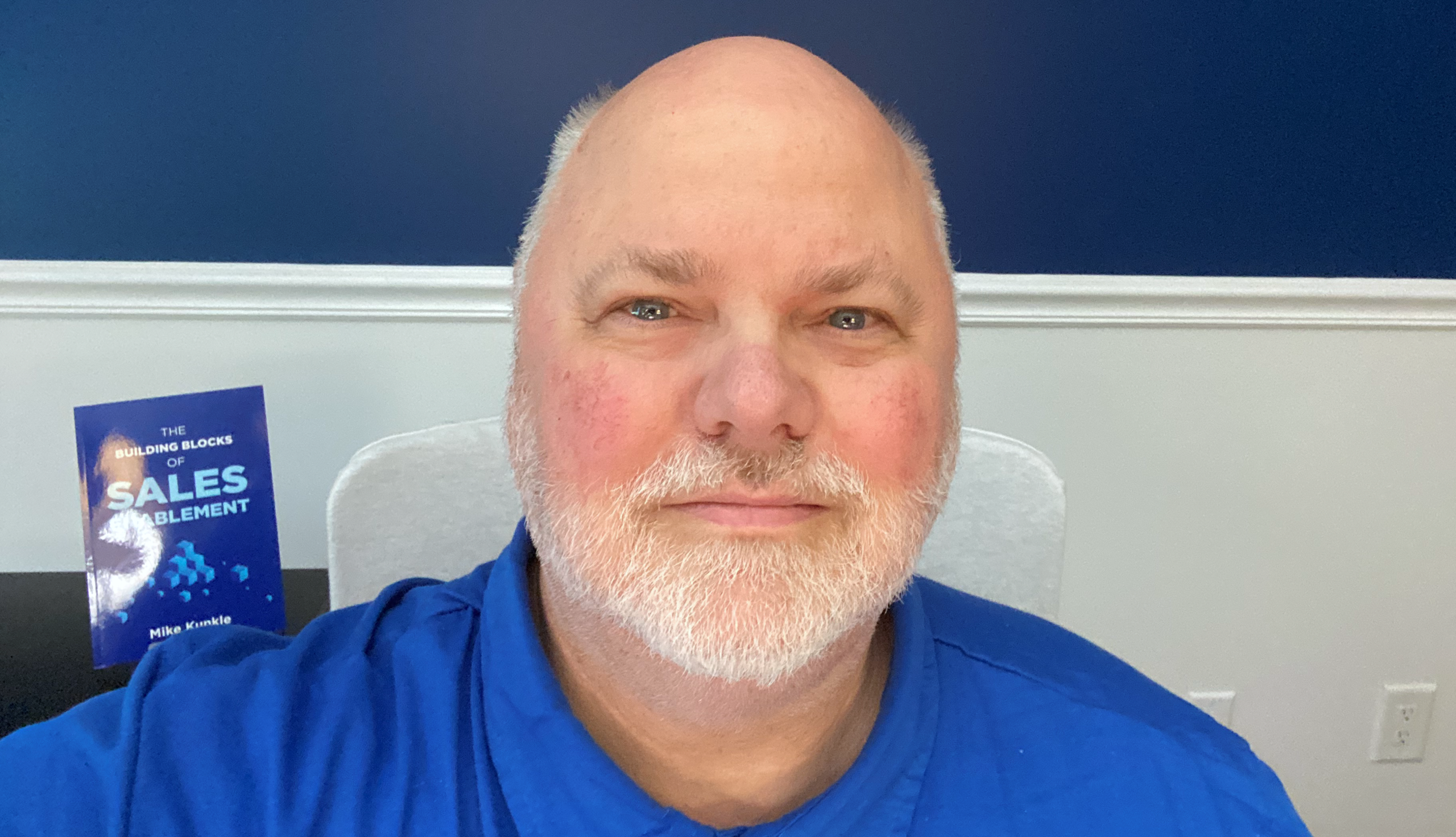8 Top Tips to Change the Way You Sell and Speed Up Decisions

By Katie Leaver, Head of Client Growth at Flume Sales Training
In my role at Flume Sales Training, I speak to Sales Leaders every day. The thing that is driving everyone up the wall right now is how long clients are taking to buy. Not only are they slow to commit, they’re hesitant to give a final answer and will often ‘ghost’ salespeople.
So how do we stop this? How can we get people to give us a final answer – whether it’s a ‘yes’ or a ‘no’?
1. GIVE PERMISSION FOR BAD NEWS
One thing I’ve been trying recently which has made a massive difference is giving clients and prospects permission to give you bad news. Using language like 'now might not be the right time for you' or 'internal priorities might have changed' shows that you understand your offering isn't the main thing on their mind.
(As an aside, this was one of the best realisations I’ve had in my career as a salesperson. Just because something is a massive priority for ME, it doesn’t mean it is for my client. This also speaks to Flume’s mantra about really understanding our clients and what motivates them – more on that later!)
Nine times out of ten, people come back to me when I leave voicemails or send messages where I’ve given them permission to share what could be seen as 'bad news' with me.
This way, I think they don't feel like they're letting me down – plus I've shown some understanding of their situation.
2. UNDERSTAND YOUR CUSTOMER'S BUYING JOURNEY
Anyone who has ever been in a Flume Sales Training session will know how important understanding clients is. We need to know what work issues keep them up at night. What can we do to help them? We need to identify and understand the stages our customers go through in their buying process – and how many other stakeholders are involved in that decision. Post-pandemic reports show that there are up to 11 stakeholders involved in every B2B buying decision. Make sure you understand what lens each of those other interested parties will be using to look at your proposal. Make sure the proposal speaks to all of them.
Take a step back too and make sure that both sales and marketing align on their efforts to cater to each stage and provide the necessary information.
3. COMMUNICATION NEEDS TO BE PERSONALISED
Do NOT copy and paste the same email to hundreds of prospects. They’ll see straight through it – that’s if they open it at all.
- Tailor your communication to the specific needs and challenges of each prospect.
- Use personalised emails, content, and presentations to show that you understand their business and can offer a valuable solution.
4. PROVIDE CLEAR INFORMATION AND SIMPLIFY THE BUYING PROCESS
Make sure your product or service information is clear, concise, and readily available. Do not assume your client or prospect understands the intricacies of what you’re selling just because we do. Also, remember those other stakeholders who are involved that we talked about above? It’s unlikely you’ve had a chance to present to all of them so make sure someone who hasn’t heard from you directly can understand what’s included.
Offer detailed product specifications, case studies, and other relevant content to address potential concerns and questions. Case studies can be really helpful and can ease the pressure of the buying decision; if other companies they know have bought your product or service and it’s worked for them, chances are it’ll work again.
Make sure you minimise complexity in your pricing structure and contract terms.
Provide easy-to-understand documentation and contracts.
5. LEVERAGE TECHNOLOGY
Salespeople are often not the biggest fans of inputting info CRMs but they’re only as good as what we add into them. Use it to its best ability. Use every bit of tech you can to help streamline the buying process. Look at marketing automation and communication platforms. Post regularly on LinkedIn. Get involved in Slack communities who are talking about your area of interest. Go to conferences and exhibitions to keep your knowledge fresh.
6. OFFER INCENTIVES
Provide limited-time promotions, discounts, or exclusive deals to encourage quicker decisions.
Highlight any time-sensitive benefits to create a sense of urgency.
7. FACILITATE COLLABORATION
Encourage collaboration among decision-makers within the prospect's organisation. A client is TEN TIMES more likely to buy a sales solution if they’ve been involved in its creation. They have ‘skin in the game’ so to speak. They’ll go and convince other people to buy in because it’s their idea too.
8. QUICK PROPOSAL TURNAROUND
Don’t be the reason for the delay. Aim for fast turnaround times when generating and delivering proposals. Create a ‘next step’ before you end the call and include that in the proposal so it creates timelines and urgency.
Remember, every industry and business is unique, so it's important to adapt these strategies to your specific situation and continually refine your approach based on customer feedback and market trends. Salespeople often forget what experts they are. They are talking to prospects and clients every day – and often those people are competitors so they’d love to know your insights. Share them wisely!
This article was originally published in Engage Magazine.
Download your copy here.
![[FLUME] Katie_Leaver_web](https://www.engagesales.com/hs-fs/hubfs/%5BFLUME%5D%20Katie_Leaver_web.png?width=559&height=559&name=%5BFLUME%5D%20Katie_Leaver_web.png) Katie Leaver, Head of Client Growth, Flume Sales Training
Katie Leaver, Head of Client Growth, Flume Sales Training


